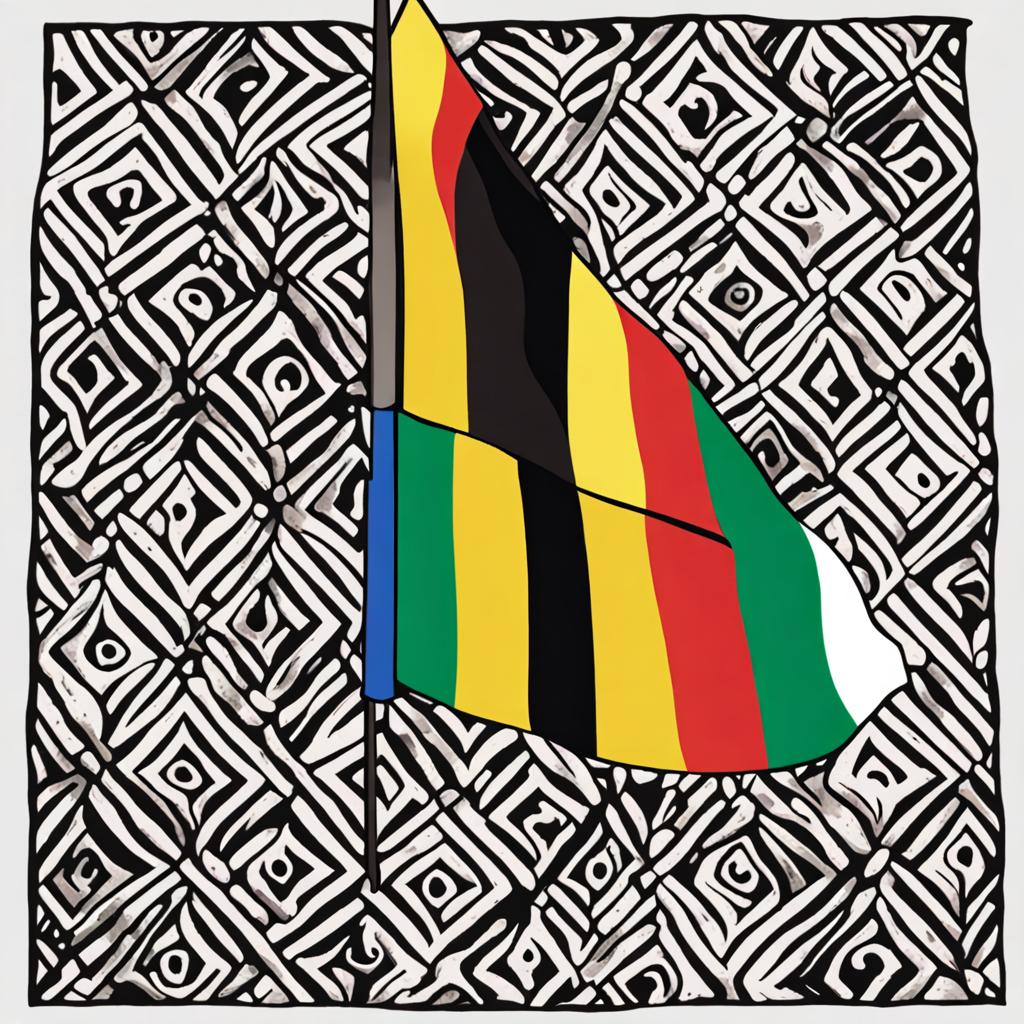 ETHNIC LIVES MATTER ™
ETHNIC LIVES MATTER ™
1.1 The International Bill Of Human Rights by a formal Drafting Committee consisting of 8 members of the Commission. The Drafting Committee decided to
prepare two documents: one in the form of a declaration which would set forth general principles or standards of
human rights; and the other in the form of a convention which would define specific rights and their limitations.
Accordingly, the Committee transmitted to the Commission draft articles of an international declaration and an
international convention on human rights. The Commission decided to apply the term “International Bill of Human
Rights” to the entire series of documents in late 1947. In 1948, the draft declaration was revised and submitted
through the Economic and Social Council to the General Assembly. On 10 December 1948, the Universal Declaration of
Human Rights was adopted – a day cele- brated each year as “Human Rights Day”.
| ||
Ethics Principles Join Ethnic Lives Ethnic Equality Training World Ethnic Groups Board News Mission History of Political Racism History of Racism Italian Freedom Day June 23, 1874 "J23" Badges Ethnic Lives Matter Commission USA ADHL Anti Digital Hate League Site Map Education Ethnic Lives Matter Policy Agenda Top Ethnic Social Justice Issues Complicit in Racism & Slavery Anti Slavery Book Book-HR George Mentz Colorado Springs |
